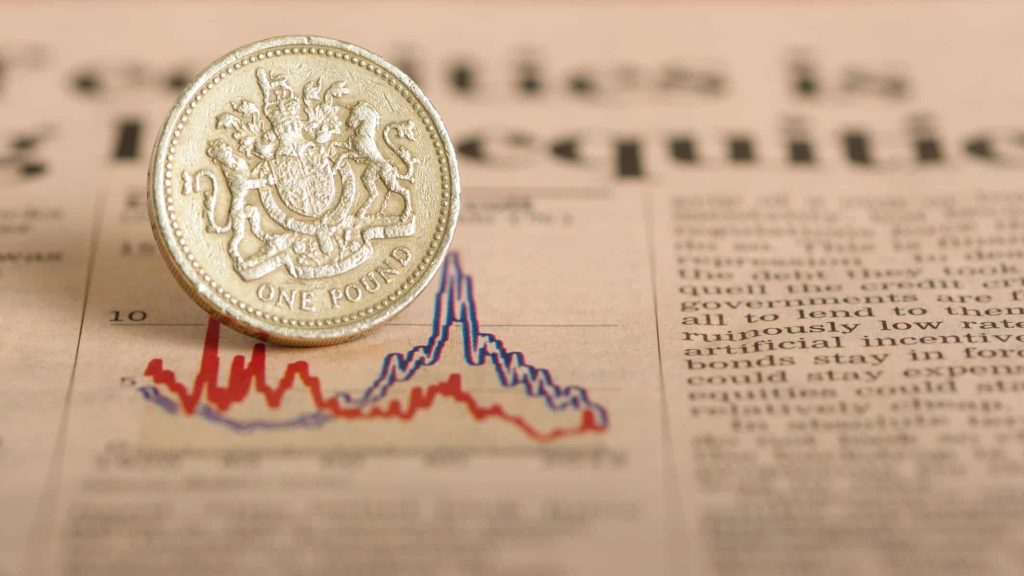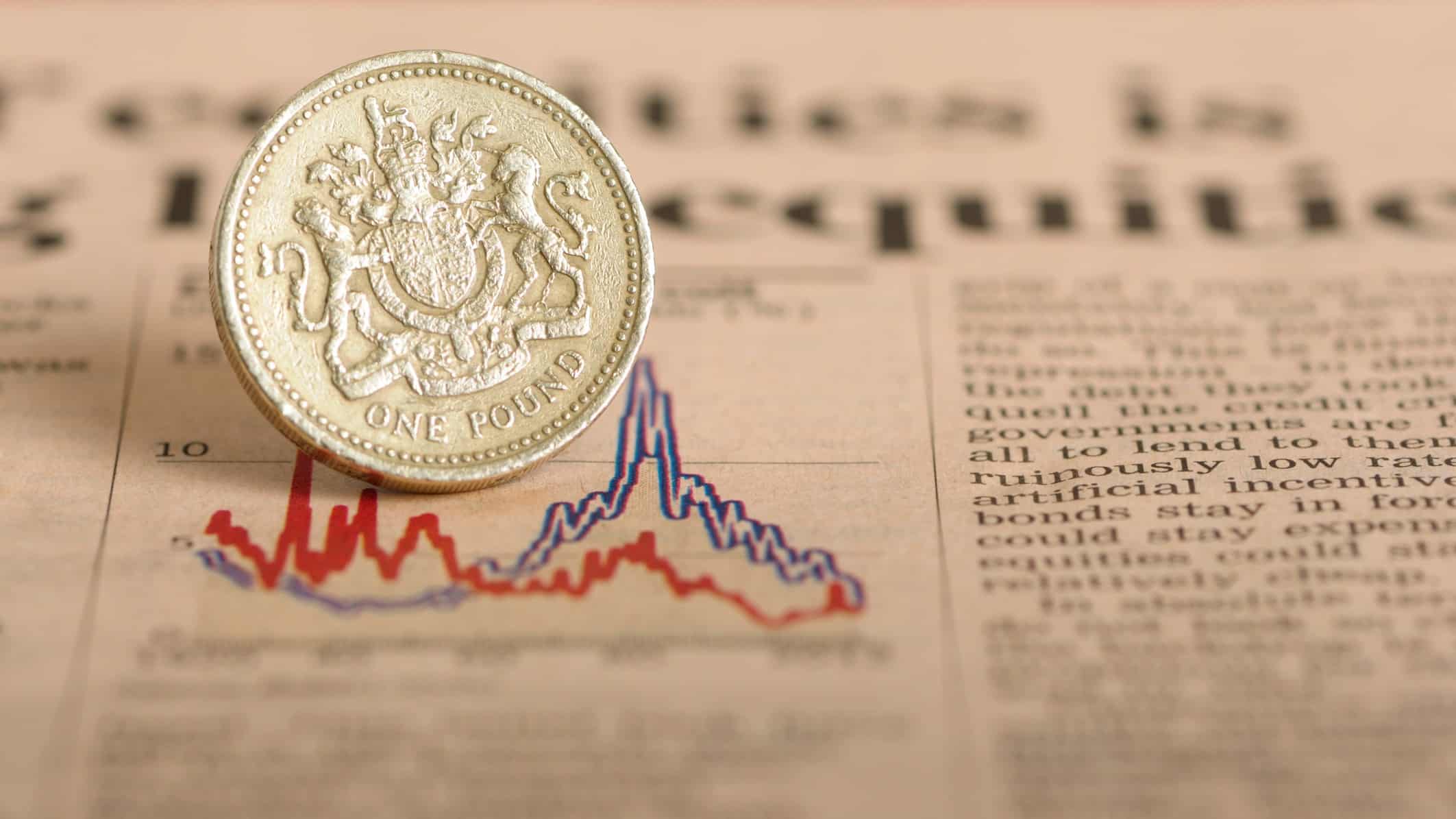Here’s what it will take for the Lloyds share price to get to £1


Over the last 12 months, the Lloyds Banking Group (LSE:LLOY) share price has gone from 58.5p to 79.4p. Thatâs a 36% gain, but the question is, can it keep going?
In general, stocks go higher because either the companyâs earnings per share (EPS) increases, or it starts trading at a higher multiple. So could either of these happen for Lloyds shares?
Earnings growth
Letâs start with earnings. Lloyds has seen its EPS go from 1p to just below 6p over the last five years, but the bank‘s going to have to deal with a number of challenges in the near future.Â
One of the biggest is the likelihood of lower interest rates. This is likely to weigh on lending margins, though the effect should be less dramatic in the short term.
A second is the ongoing motor loans issue. The Supreme Court has ruled in the bankâs favour, but the Financial Conduct Authority is consulting on a redress scheme, which could be expensive.
A third risk â that has been catching investor attention over the last few days â is the threat of a windfall tax. This caused the stock to fall on Friday (29 August) and is worth taking seriously.
Lloyds however, has an important weapon up its sleeve. Since 2020, the firm has been using its excess cash to repurchase shares and this has reduced its outstanding share count by 11%.
That should go some way towards limiting the effect of the above risks on the companyâs EPS. But the road to higher earnings per share from this point has a number of obstacles.Â
Multiples
If EPS holds steady â which looks optimistic to me â the road to a £1 share price depends on the stock trading at a higher multiple. But that also seems ambitious to me.
Lloyds shares currently trade at a price-to-earnings (P/E) ratio of 12. Thatâs well below the FTSE 100 average, but near the top of where the stock’s been trading over the last five years.
With EPS just below 7p, a £1 share price implies a P/E ratio of 15. That wouldnât be unheard of, but it’s above the level the stock has generally been trading at recently.Â
In general, price multiples reflect investor expectations about forward earnings. A higher P/E ratio suggests optimism about the company generating higher profits in the future.
This is essentially what happened on Friday. News of a potential tax hit didnât do anything to earnings, but it did change the multiple investors were willing to pay for the stock.
That means Lloyds trading at a higher P/E ratio is going to need investors to find a cause for optimism about future earnings. And thatâs hard to see at this point.Â
The road to £1
I think itâs hard to see how the Lloyds share price gets to £1 in the near future. But investors should note that things can turn around very quickly in the banking sector.
If the obstacles to EPS growth subside, the stock could get a boost from both earnings growth and a higher multiple. So while Iâm looking elsewhere for opportunities right now, Iâm not ruling it out.
The post Here’s what it will take for the Lloyds share price to get to £1 appeared first on The Motley Fool UK.
Should you invest £1,000 in Lloyds Banking Group plc right now?
When investing expert Mark Rogers has a stock tip, it can pay to listen. After all, the flagship Motley Fool Share Advisor newsletter he has run for nearly a decade has provided thousands of paying members with top stock recommendations from the UK and US markets.
And right now, Mark thinks there are 6 standout stocks that investors should consider buying. Want to see if Lloyds Banking Group plc made the list?
More reading
- Here are the latest share price forecasts for Lloyds and Rolls-Royce
- Here are the latest price forecasts for Lloyds, Barclays and HSBC shares!
- By 2026, the Lloyds share price could transform £10,000 intoâ¦
- What next for the Lloyds share price?
- Lloyds and British American Tobacco: 2 FTSE 100 shares I won’t touch with a bargepole!
Stephen Wright has no position in any of the shares mentioned. The Motley Fool UK has recommended Lloyds Banking Group Plc. Views expressed on the companies mentioned in this article are those of the writer and therefore may differ from the official recommendations we make in our subscription services such as Share Advisor, Hidden Winners and Pro. Here at The Motley Fool we believe that considering a diverse range of insights makes us better investors.






